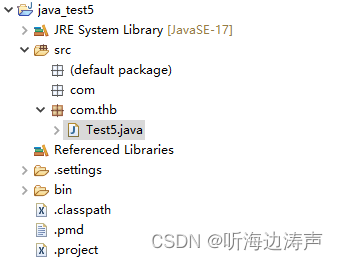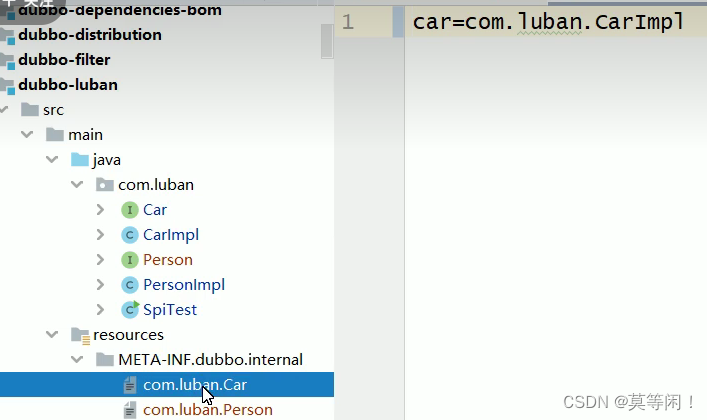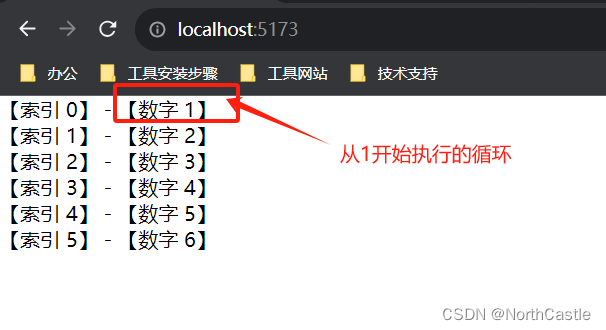方法一:使用System.getProperty(“user.dir”)函数可以获取用户当前工作目录

例如,Java工程的文件布局如下:

主类文件,获取用户当前的工作目录:
package com.thb;
public class Test5 {
public static void main(String[] args) {
System.out.println("current path: " + System.getProperty("user.dir"));
}
}
备注:eclipse下运行和cmd下运行的结果不同
eclipse下运行输出:

cmd下运行输出:

方法二:使用new File(“”).getAbsolutePath()获取用户当前工作目录
可以使用new File(“”).getAbsolutePath();获取用户的当前工作目录。
下面分开说明:
new File(""); 这条语句,在创建文件的时候,传入了空字符串,结果就是得到空的抽象路径名。

getAbsolutePath()函数的作用是返回抽象路径名的绝对路径。如果抽象路径名是空的,那么返回的是用户的当前工作目录。

完整代码:
package com.thb;
import java.io.File;
public class Test5 {
public static void main(String[] args) {
System.out.println("current path: " + new File("").getAbsolutePath());
}
}
备注:eclipse下运行和cmd下运行的结果不同
eclipse下运行输出:

cmd下运行输出:

方法三:通过Paths的方法
完整代码:
package com.thb;
import java.nio.file.Path;
import java.nio.file.Paths;
public class Test5 {
public static void main(String[] args) {
Path path = Paths.get("");
System.out.println("current path: " + path.toAbsolutePath().toString());
}
}
备注:eclipse下运行和cmd下运行的结果不同
eclipse下运行输出:

在cmd下运行输出:





![【算法每日一练]-dfs (保姆级教程 篇7 递推和递归)#三角形个数 #字符串斐波那契](https://img-blog.csdnimg.cn/direct/22d538701f8d419fb8f3c484d76a224d.jpeg)














